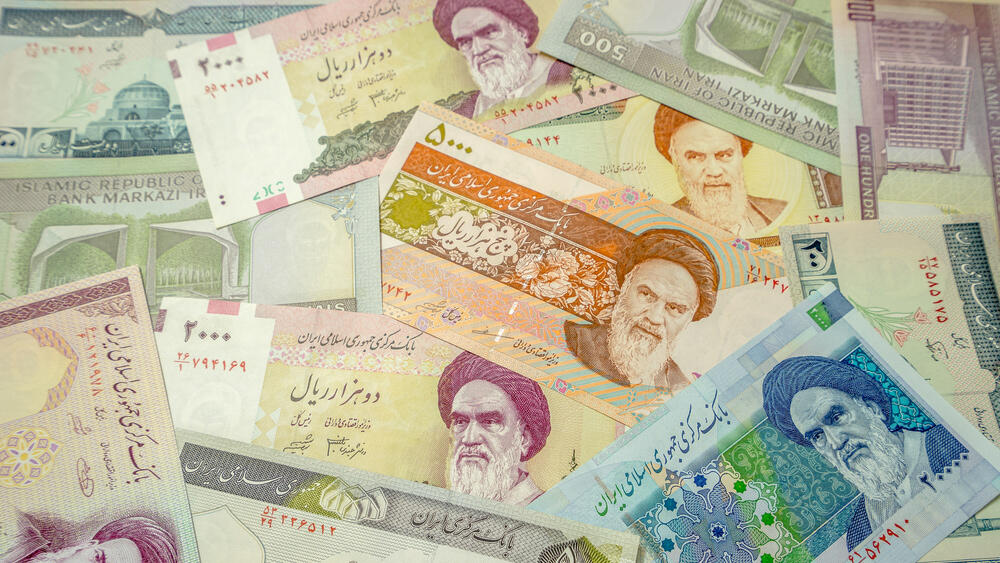Iranian President Masoud Pezeshkian dismissed one of his deputies, Shahram Dabiri, over the weekend after photos surfaced showing him vacationing with his wife on a luxury cruise to Antarctica during Nowruz, the Persian New Year. The incident sparked public outrage, since it came amid a deepening economic crisis fueled by international sanctions, with many Iranians struggling to afford basic necessities.
2 View gallery


Iranian Vice President Shahram Dabir poses with his wife in front of the luxury cruise ship Plancius
The image, widely shared on social media, shows Dabiri, Iran's vice president of parliamentary affairs, posing with his wife in front of the Dutch ship MV Plancius, where trips can cost up to $6,685 per person. While reports indicated Dabiri paid for the trip himself, Pezeshkian said in a statement that such conduct is still indefensible given the country’s economic conditions.
"In a government that strives to uphold the values of Imam Ali, luxury travel by senior officials—regardless of who foots the bill—is unjustifiable," Pezeshkian said. He called Dabiri’s actions "completely at odds with the principle of simplicity, which is essential for those in positions of authority."
Get the Ynetnews app on your smartphone: Google Play: https://bit.ly/4eJ37pE | Apple App Store: https://bit.ly/3ZL7iNv
The scandal coincided with a historic plunge in the Iranian rial, which on Saturday fell to a record low of 1,043,000 rials to the U.S. dollar. This followed a holiday period of informal street trading while official exchange offices were closed, further straining the market. In Tehran’s Ferdowsi Street, the hub of Iran’s currency trade, some vendors turned off electronic signs displaying current rates amid mounting uncertainty over how much lower the rial might fall.
The currency’s collapse, driven by years of heavy U.S. sanctions over Iran’s nuclear and missile programs and its support for groups like Hamas, Hezbollah and the Houthis, comes as fear grows in Tehran that the U.S., or possibly Israel, may launch strikes on Iranian soil as the Islamic Republic continues to reject direct negotiations with Washington and refuses to curb its nuclear ambitions.
The drop in the value of the Iranian currency is placing growing pressure on Pezeshkian’s reformist government. Just last month, the Iranian parliament dismissed the president's finance minister for “mismanagement” when the exchange rate was at 930,000 rials per dollar—a figure now far surpassed.


